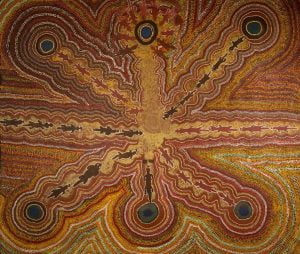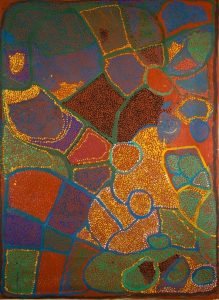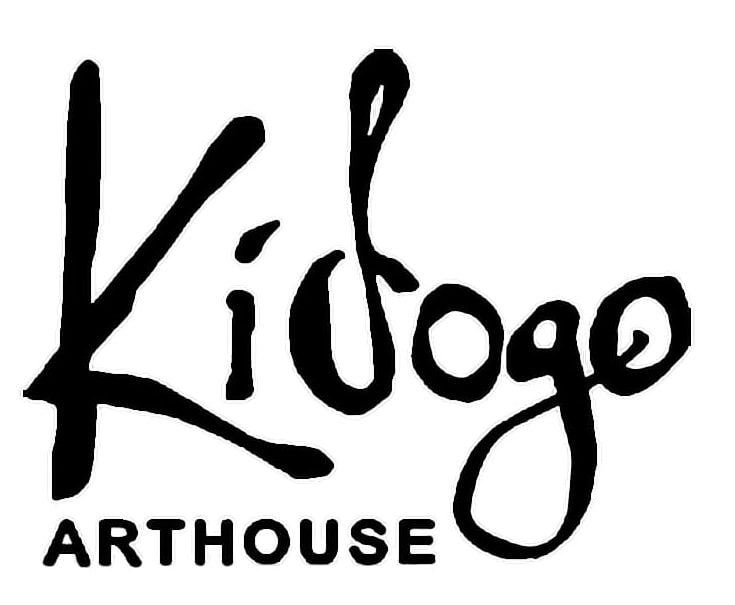This selling exhibition, curated by anthropologist Jan Turner, features canvasses from the deserts of Western Australia and in particular the Ngaanyatjarra Lands. Canvasses gathered over twenty years to tell stories, to communicate, to make explicit, Indigenous concepts, histories and family relationships. Canvasses used as tools of explanation in the contexts of land rights, native title, mining negotiations and the politics of representation. Canvasses that by their existence have provided a conduit for two worlds to come together in often difficult circumstances.

An exhibition of beautiful artworks from a private collection.
Opens: Thur 19th April at 6:30pm
Ends: 25th April
With guest appearance by artist Daisy Juparntarri Ward
All artwork will be for sale.
The desert woman, Daisy Tjuparntari Ward makes a guest appearance at this exhibition. An artist, a cross-cultural educator, an ambassador for her people, a political rights activist and a proud upholder of her culture. Ward and Turner have shared for thirty years an inter-cultural space, as tjurturarra [a two sister team]. Born in the same year, cultures apart, they have grown together learning much about their own and each other’s cultures. Together they have watched their families grow, travelled through remote country, made films, documented extended genealogies, prepared and presented materials for court cases. They share a sense of fun and sharp inquiry always prioritising the visual and the sensory when representing complex and often abstract concepts from a non-literate desert culture to mainstream Australia.

Many of the canvasses come from the period prior to the establishment of community based commercial art centres. The artists represented in this highly personal collection come from several language groups: Ngaanyatjarra, Mantjiltjara, Pitjantjatjara and Pintupi. The artworks are tangible representations of the anthropologist’s relationships through generations and across language groups. They were collected specifically for the purpose of cross-cultural education, as visual components of an anthropologist’s toolkit. Some of the canvasses have been included in multi-media touring exhibitions, including for PIAF. Others appear in Indigenous documentaries.
Every artist whose work is included in this exhibition has experienced in their own lifetime first contact with European culture. These are artworks created in a unique liminal space. Each artwork has accompanying documentation available upon request conditional upon permission being granted by the artist or their family. For some the depth of the potential documentation is extraordinary.

